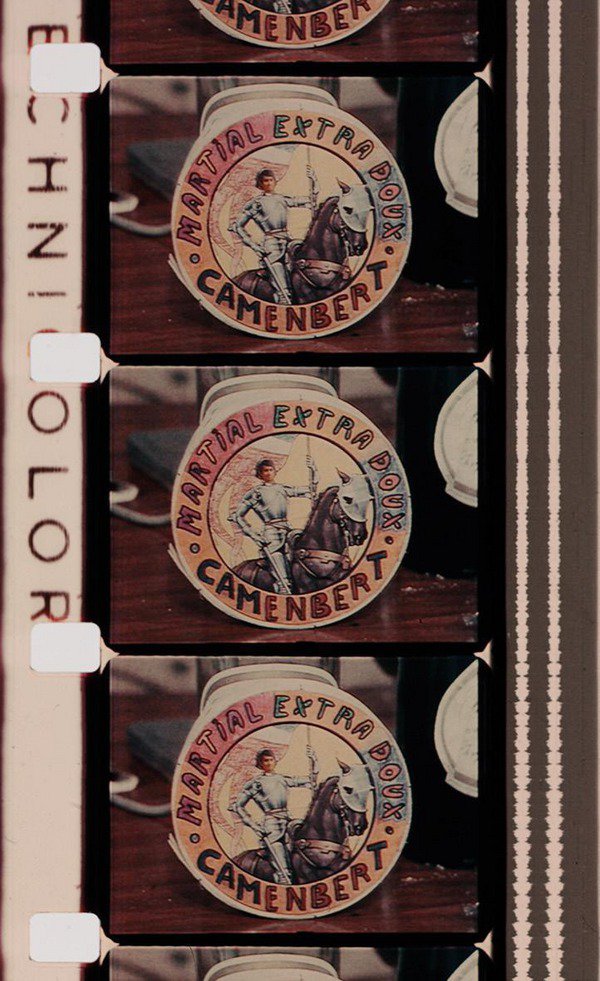Martial Raysse
dal 13/5/2014 al 21/9/2014
Segnalato da
13/5/2014
Martial Raysse
Centre Pompidou, Paris
Retrospective 1960-2014. Celebrated for the iconic works of his Pop period, he introduced numerous innovations. The exhibition, containing more than 200 works in the form of paintings, sculptures, films, photographs and drawings, provides audiences with the first-ever overview of fifty years of creation, with iconic works from every period in Raysse's career from the Sixties to the present day.

curated by Catherine Grenier
The Centre Pompidou is devoting a completely new retrospective to one of France’s most important
living artists: Martial Raysse. This illustrates the rich and varied work of this visionary artist
with a fascinating and singular career, from his first creations of the Sixties to those of the
present day.
Celebrated for the iconic works of his Pop period, Martial Raysse introduced numerous innovations,
particularly the unprecedented use of neon lighting and film within his paintings. In the Eighties,
he dramatically changed his artistic approach and began to rethink painting and sculpture
in depth, tirelessly experimenting right through to his most recent works, some of which have
never been exhibited before.
The exhibition, containing more than 200 works in the form of paintings, sculptures, films,
photographs and drawings, provides audiences with the first-ever overview of fifty years of creation,
with iconic works from every period in Raysse’s career from the Sixties to the present day.
During his Pop period, and then with his «variable geometry» pictures, the artist broke new ground
by introducing everyday consumer objects into his painting, revisiting with virtuosic temerity
the feminine archetypes popularised by advertising and the masters of classical painting.
At the time, he said, «Prisunic supermarkets are the new museums of modern art.»
From then on, he was established as one of the world’s most inventive artists. His work met with
rapid success in France, where he was one of the youngest of the New Realist group founded
by Pierre Restany, then in New York and Los Angeles, where he lived and forged links with artists
of the Pop art movement.
The exhibition then moves on to the experiments of the «Shaman» years, which began in the early Seventies
with the «Coco Mato» assemblages and «Loco Bello» paintings inspired by collective artistic practices and
magic rituals. Now at the height of his popularity, Martial Raysse radically transformed his approach during
these years. This involved a complete break with and withdrawal from the world of art and its dominant
movements, and his work included experimental satirical films imbued with the psychedelic culture.
After this, the retrospective focuses on his ambitious pictures from the late Seventies. These draw on the
heritage of the great masters of the past, and are characterised by the invention of a personal imagery
and mythology rooted in an observation of daily life. Here the bucolic themes inspired by his environment
– Raysse was then living quietly in the country – mingle numerous mythological and literary references.
The artist experimented with various pictorial techniques, in particular tempera, harking back to past
practices and techniques that were extremely hard to master.
Lastly, alongside recent sculptures and films, the exhibition presents all the large format paintings
produced since the Nineties: animated «frescoes» showing allegorical and frequently somewhat
grotesque visions of humanity. These spectacular paintings include Le Carnaval à Périgueux, 1992,
Le jour des roses sur le toit, 2005, Poissons d’avril, 2007, and Ici Plage, comme ici bas, 2012.
Throughout this circuit, like a series of pauses and highlights, we find the large-scale environments the
artist produced at various times in his career: Raysse Beach, which he created in 1962 for the «Dylaby»
exhibition at the Stedelijk Museum in Amsterdam, Oued Laou designed for the Munich Modern Art
Museum in 1971, and the project entitled La folie Antoine, a group of paintings created for a chapel in 1999.
The exhibition catalogue looks back over the rich diversity of Raysse’s work, and is a genuine reference
work. It is published by the Éditions du Centre Pompidou, and edited by Catherine Grenier, the exhibition
curator.
Image: Camenbert Martial extra-doux, 1969. Cinema, Film 13:00. Centre Pompidou, musée national d’art moderne. Photo : Philippe Migeat / Centre Pompidou, MNAM-CCI / Dist. RMN-GP © Adagp, Paris 2014
Communication and Partnerships
Department
75191 Paris cedex 04
director
Benoît Parayre
téléphone
00 33 (0)1 44 78 12 87
e-mail
benoit.parayre@centrepompidou.fr
press attaché
Anne-Marie Pereira
telephone
00 33 (0)1 44 78 40 69
e-mail
anne-marie.pereira@centrepompidou.fr
Centre Pompidou
75191 Paris cedex 04
Opening hours
The exhibition is open from 11.00 am to 9.00 pm every day except Tuesdays and 1st May 2014.
Late opening every Thursday until 11.00 pm
Prices
€11 to €13, depending on the period
Reduced price: €9 - €10
Valid the same day for the musée national d’art moderne and all exhibitions
Free admission for Centre Pompidou members (annual Pass holders)



